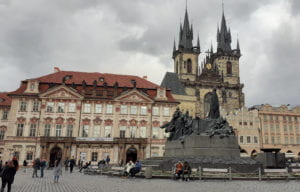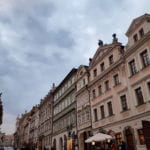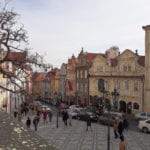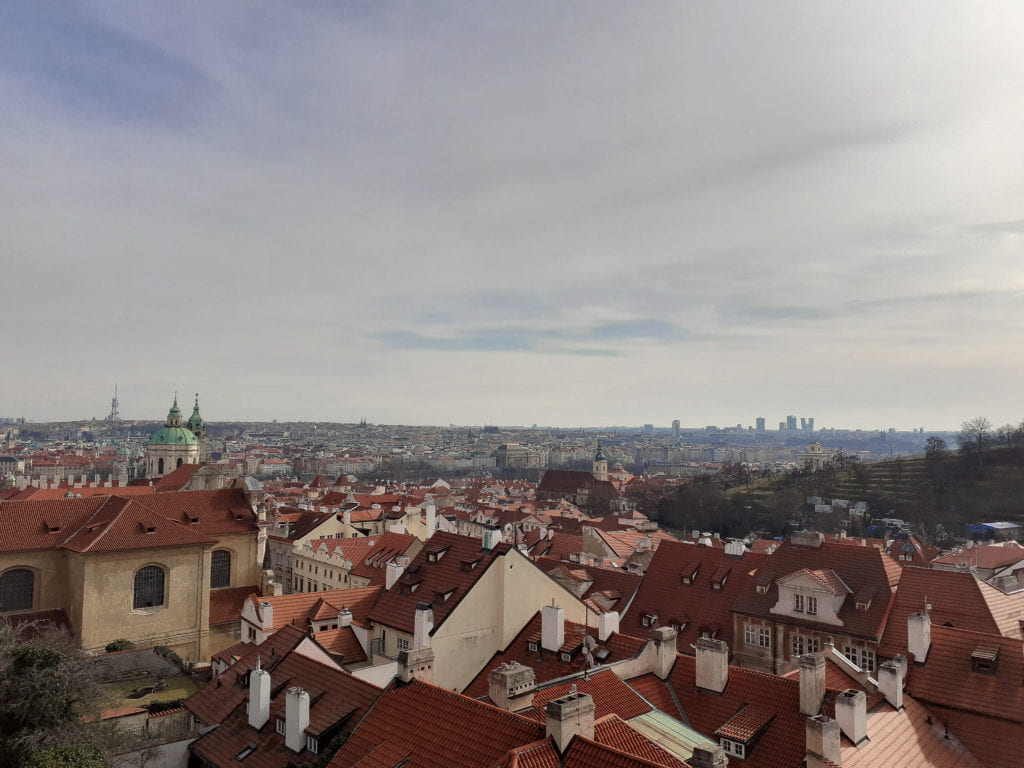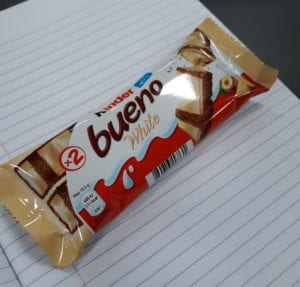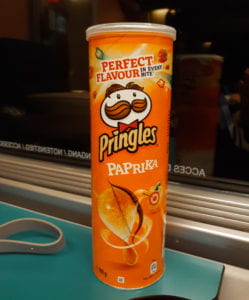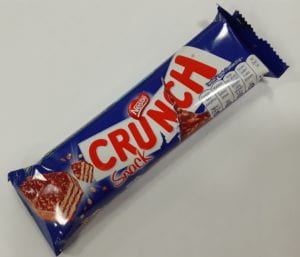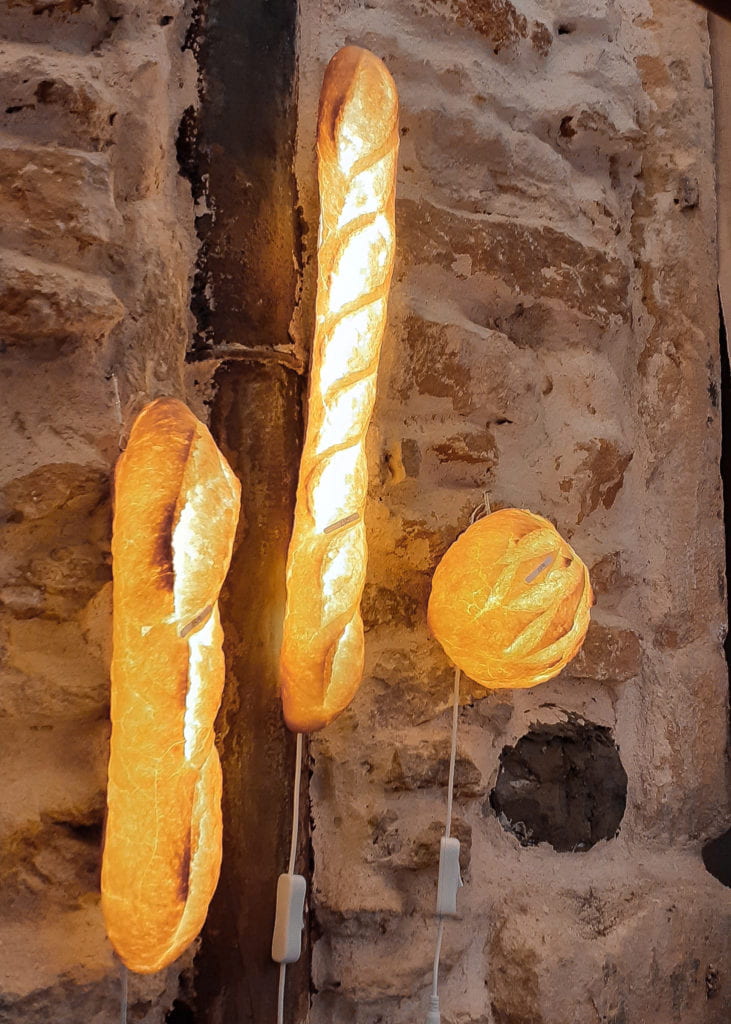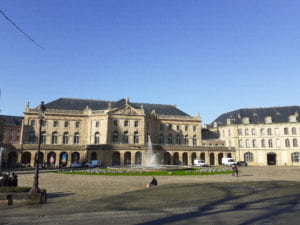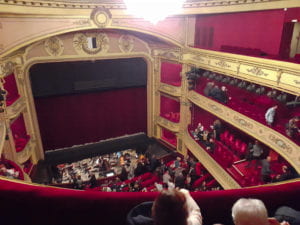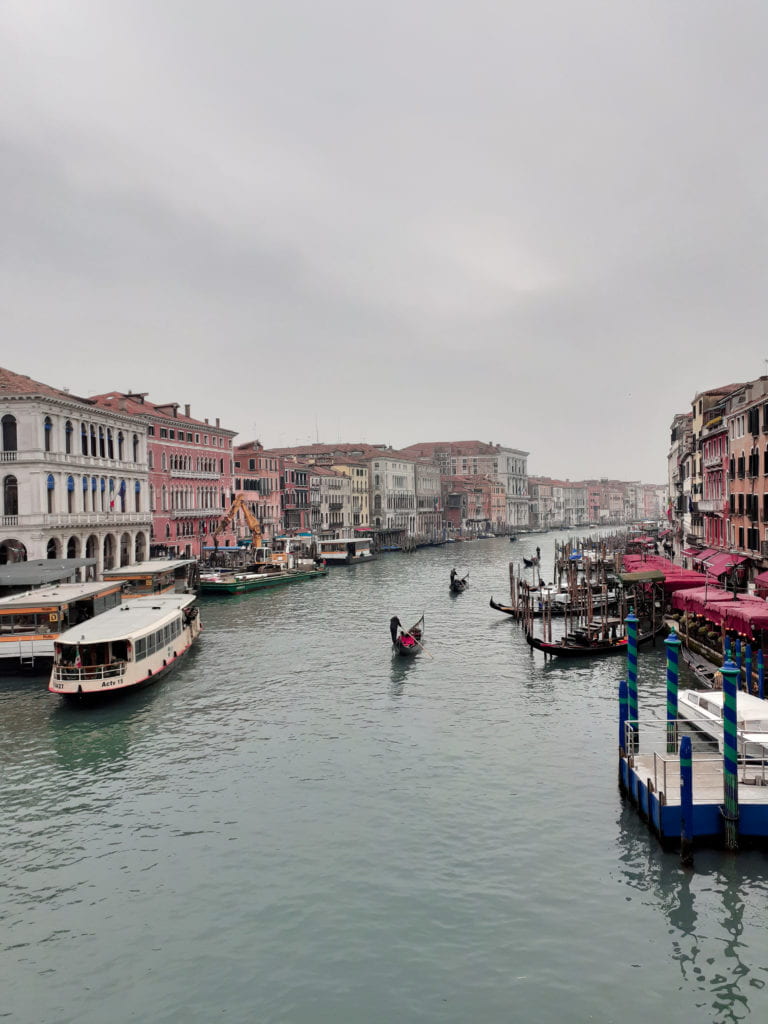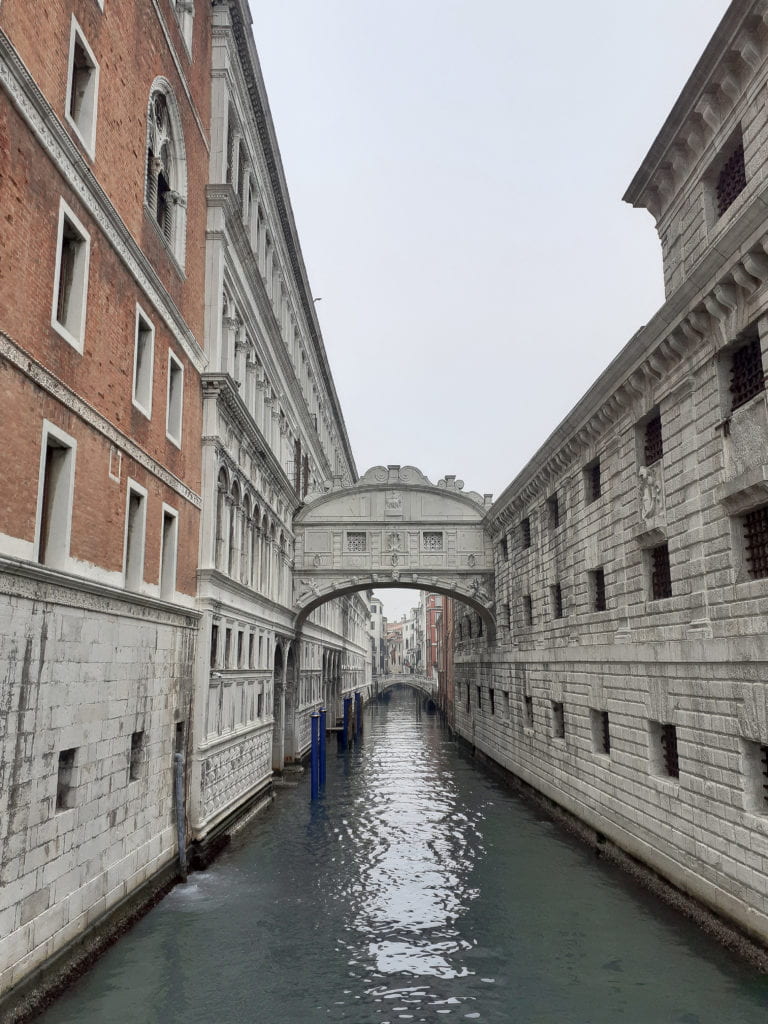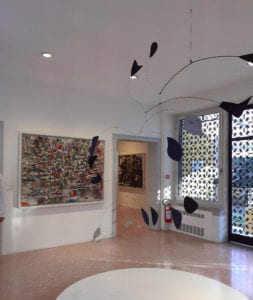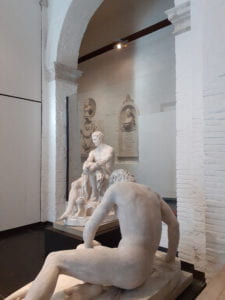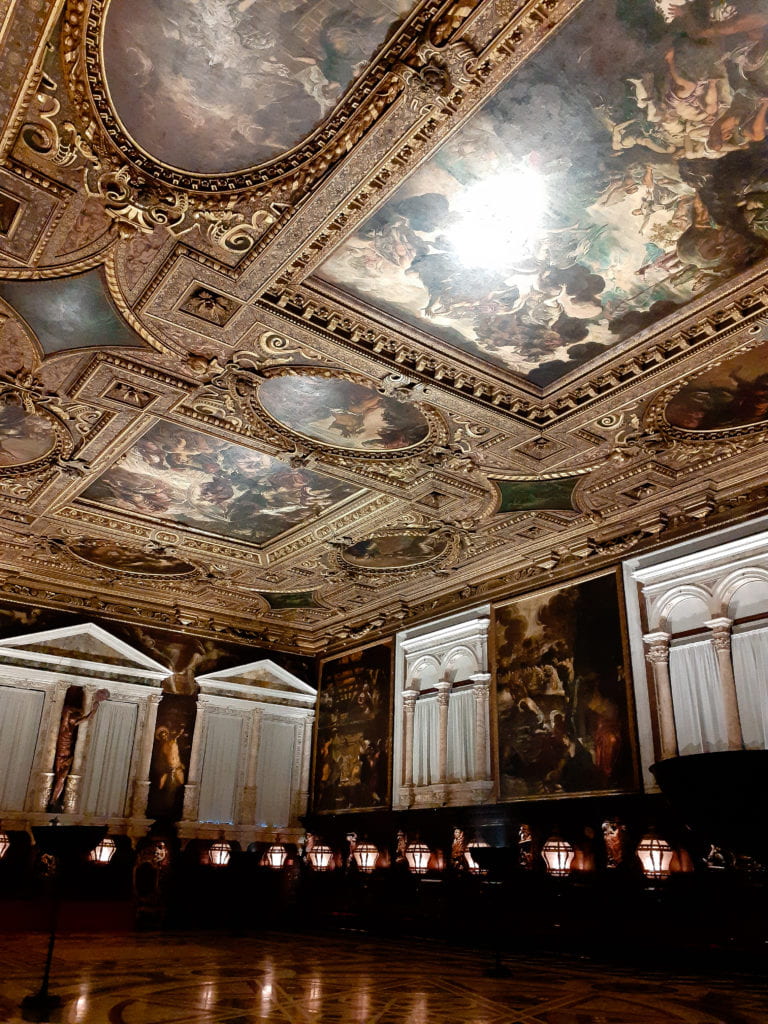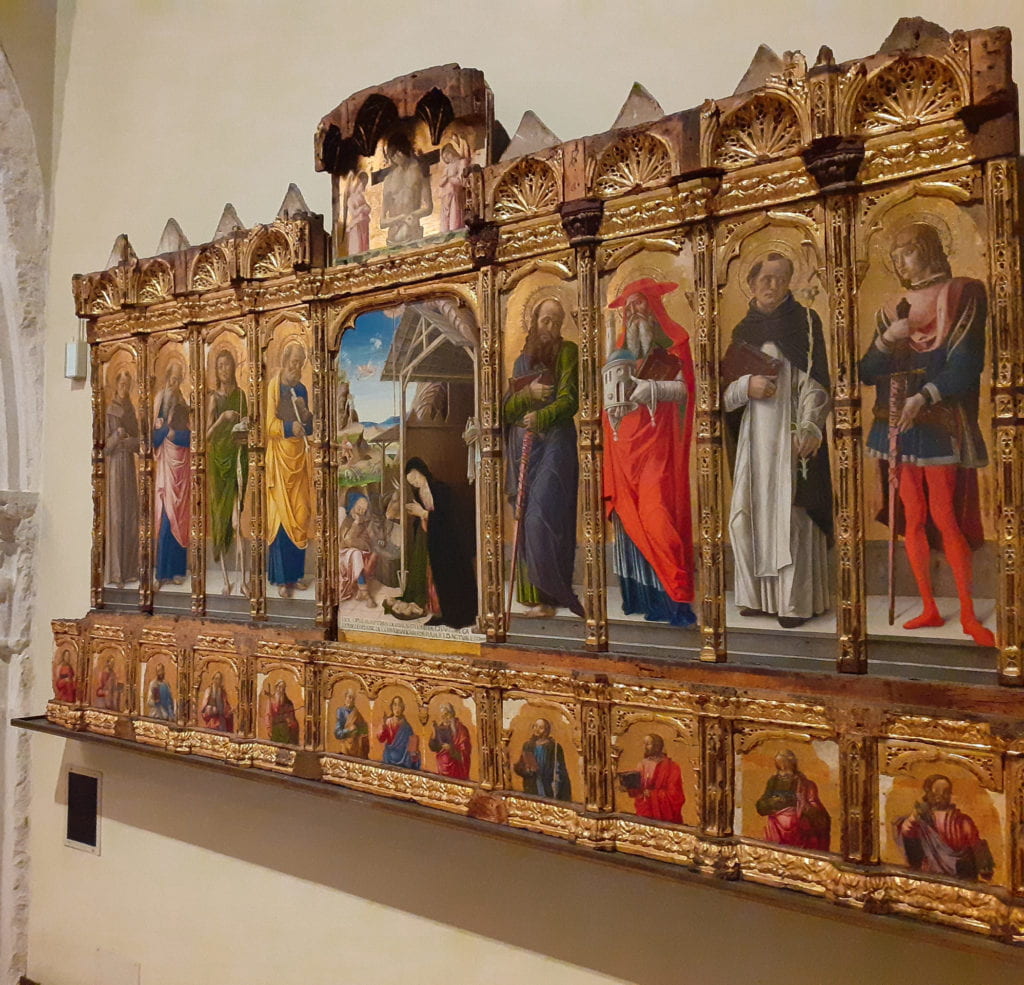Friday, February 28th, 2020 | Written by Blanca
Ask any GTL student studying abroad for a semester and probably trying to squeeze in every last hour of travel between classes, homework, and exams, and they’ll likely tell you that they’re no stranger to train travel. With the convenience of a Eurail pass that can be activated for the duration of a semester-long stay, one can hop on a train to any of almost thirty countries in Europe, and as the train system in Europe is quite well-organized, getting to a city as close by as Luxembourg or as far as Vienna is usually relatively breezy.
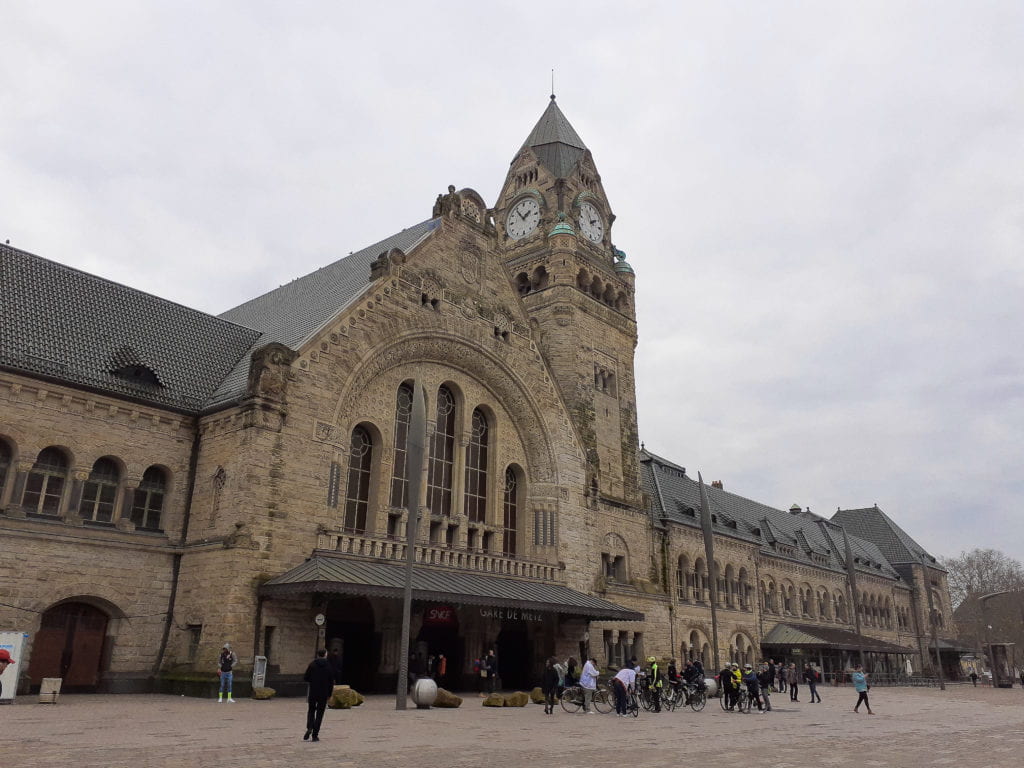
Usually. Other times, things can go a bit awry, which was the case last weekend as my friends and I were traveling to Prague by train. Upon arriving at the Gare de Metz-Ville with plenty of time to spare on Thursday night, we approached the large departure and arrival screens in the station to see which platform we were to approach for our first train. There, next to the 19:38 time slot for a train heading to Forbach from Metz Ville was a blinking notification that read supprimé. I blinked at the sign. My travel companions blinked at the sign. Supprimé is French for “deleted,” meaning our train had been canceled. Aside from the occasional (or not-so-occasional, nowadays) strike that cancels train lines, as we’d later learn was the culprit for our “deleted” train, European trains are typically consistent and punctual, and I was surprised to learn that something was amiss. Confused, we approached the information office at the train station and asked the SNCF representatives what was going on and how else we might be able to get to Prague—and by “we,” I mean Noa, the only person in our travel group who could speak French; the rest of us, myself included, simply looked on quite uselessly. Fortunately, after being given our original itinerary, a railway employee was able to give us a new itinerary that would ultimately bring us to the Frankfurt am Main Airport long-distance station, Frankfurt(M) Flughafen Fernbf, to which we were originally traveling. Unfortunately, the first train on this itinerary departed from the Lorraine TGV station in about half an hour, and it would take about that much time to get to the Lorraine TGV station by taxi, which is usually the least-preferred means of communication due to how expensive it inevitably becomes.
Within a handful of minutes, we found ourselves piled into a taxi to Lorraine TGV. Our taxi driver informed us that there would be an additional tariff on our ride due to the fact that it was nighttime, so when we finally reached the Lorraine TGV station with ten minutes to spare and paid an eye-watering eighty euros for the taxi fare, we all breathed a heavy sigh of relief. That is, until we realized that the train that would depart in ten minutes, according to our itinerary, was nowhere to be found on the departures display inside the train station. Once again, Noa’s French skills saved the day, as through a conversation with the SNCF representatives at the station we learned that the train we were to board was some sort of “special” train and thus wasn’t displayed on the station’s main timetables. Sure enough, when the train arrived on time, nothing appeared on the train station screens.
Having finally been able to board the high-speed train through Germany, we were well on our way. While on the train, we inspected the itinerary that we’d received at the train station in Metz and found that, while it instructed us to ride the train until Mannheim Hbf in Germany and transfer to Frankfurt(Main) Hbf, our original itinerary also entailed getting off at Frankfurt(Main), so we figured we might as well stay on the train until Frankfurt. From there, we could easily walk to the airport terminal from which our overnight bus to Prague was scheduled to depart. How convenient was that, we thought, as we sat back and relaxed on what was to be our only train of the night. Despite a rocky start to the night, our travels were to end up being quite auspicious, as there’d be no need to make any further train transfers!
This turned out to be a mistake, we realized as soon as we got off in Frankfurt. While our itinerary entailed a final stop at Frankfurt(Main) Flughafen, we were at Frankfurt(Main) Hbf, and our bus was to depart from the former in a little over twenty minutes. Once again, we shared a moment of silence for our wallets, which we were sure were about to be hit with another extortionate taxi fare. Luckily, Noa, saving the day again for the umpteenth time, remembered that Uber exists in Germany, so she quickly called one. By some stroke of luck, there was an available car right around the corner, and after cramming ourselves into it, we raced to the Frankfurt Airport station. Our bus was leaving from terminal 1-P36, and although our Uber driver struggled a bit in finding it (and we were of no help, seeing as we weren’t familiar with Frankfurt at all, much less the airport), after shouting out a hurried “thank you!” upon arrival, we raced across the lot to our night bus, suitcases in hand and weighed down by heavy backpacks (much to the unconcealed amusement of our bus driver).
And that, dear reader, is where the series of almost-very-unfortunate events finally and thankfully comes to a close; after this, we boarded our night bus and made it to Prague a few hours later. While I’d love nothing more than to regale you with stories of near-disasters and close misses (some of which were our own fault) in a tumultuous weekend travel trip, this narrative actually does have a moral of sorts! Traveling by train is typically rather straightforward, but always leave early to give yourself a bit of time in case something doesn’t go according to plan. In the case that things go amiss, have a backup plan (or a resourceful traveling companion like Noa who can communicate to find one). Last but certainly not least, double check your itinerary to make sure you’re getting off at the correct stops. If you already do all these things, then congratulations! Let this not be a cautionary tale but instead a story of the antics and escapades on yet another one of my European travels.

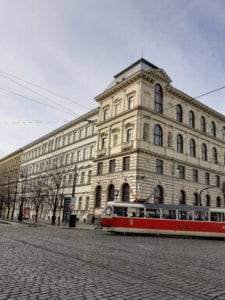
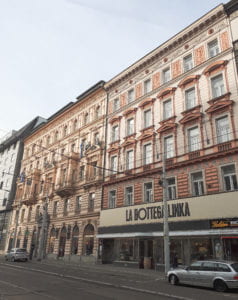
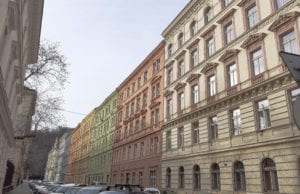
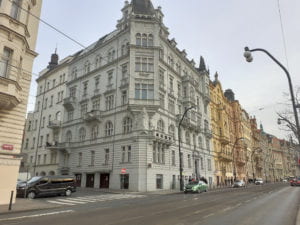
![[vysehradSunset.jpg] Watching the sunset from the battlements of Vyšehrad](https://bpb-us-e1.wpmucdn.com/sites.gatech.edu/dist/8/307/files/2020/02/vysehradSunset-300x225.jpg)

